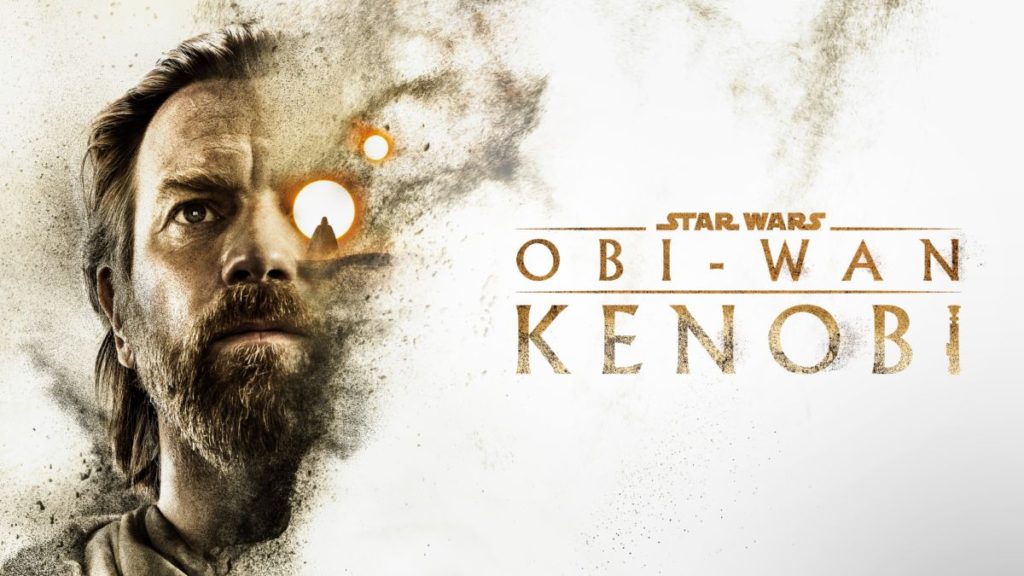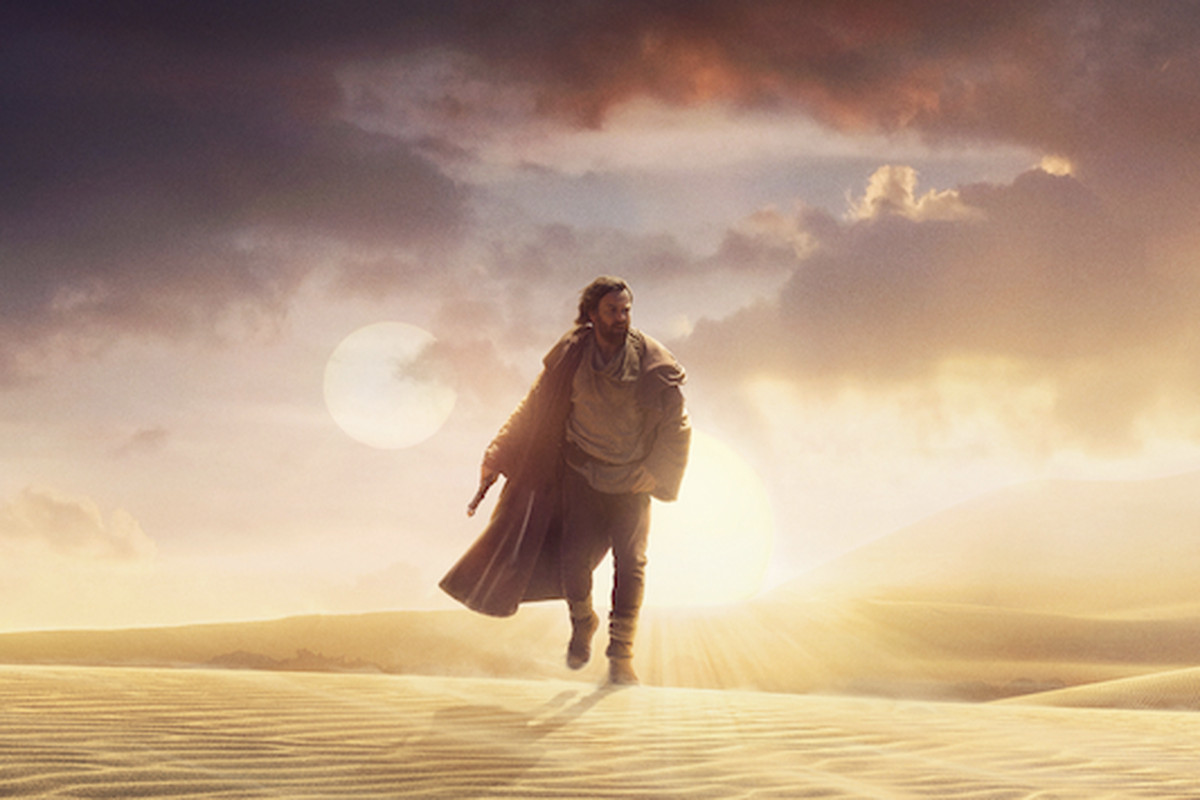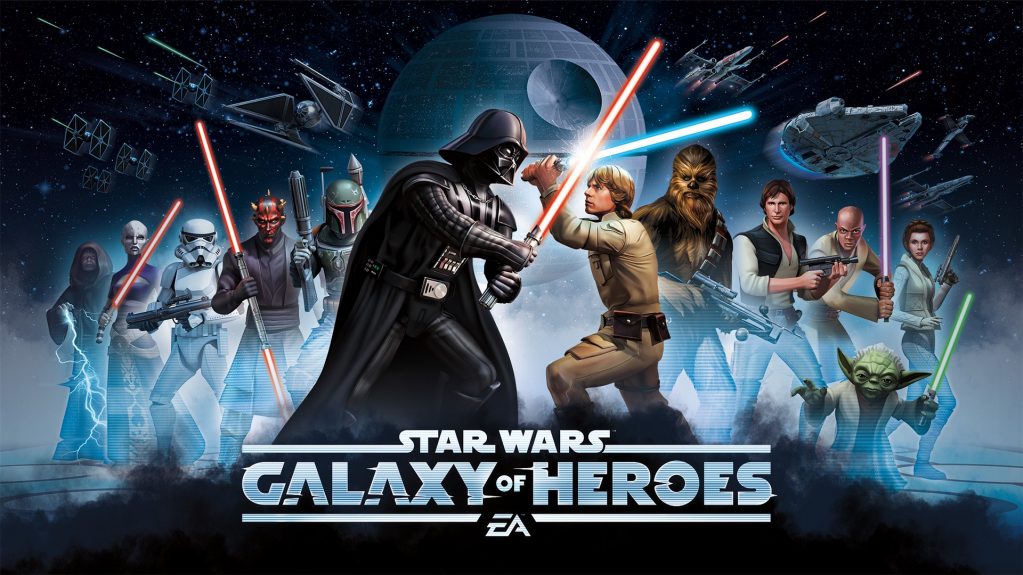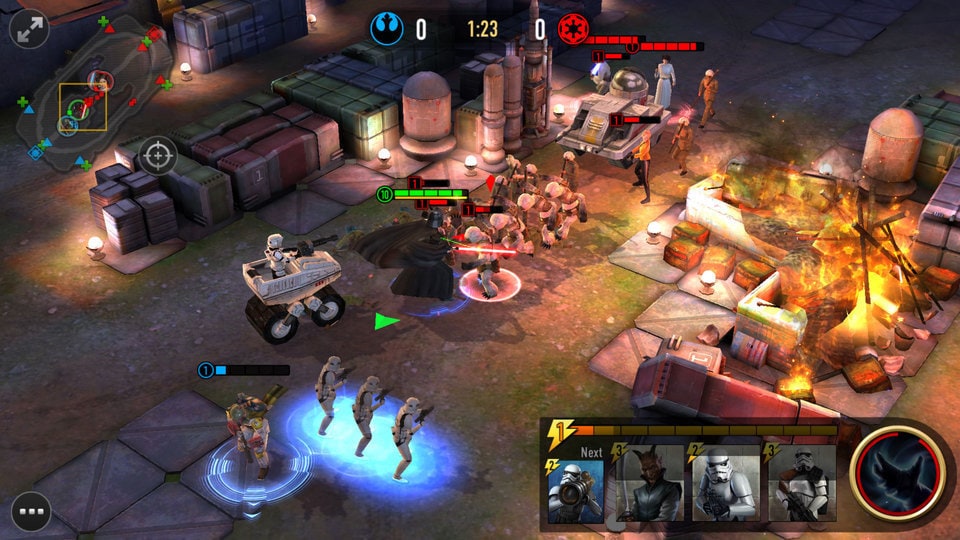
Provided by Disney
Obi-Wan Kenobi Makes me Hungry for Star Wars, But Franchise Video Games Aren’t Filling
It feels impossible to overstate how ubiquitous Star Wars is in our culture. It’s hard to think of a franchise that’s had a bigger lasting impact. Even when the prequel trilogy was largely thought of as a critical failure, Revenge of the Sith was also the highest-grossing film of 2005 in the US. In 2008 Lucas would begin work on his final LucasFilm project: Star Wars: Clone Wars. The project would instantly be given a 100 episode order and would run on cartoon network from 2008 to 2013. It’s difficult to think of many franchises that can sustain themselves in the face of such a stark departure from former glory.
In 2012 the Walt Disney Company would pay $4 billion to acquire Star Wars from creator George Lucas. After this acquisition, Disney closed famed studio LucasArts and signed an exclusivity deal with EA to handle future console and PC games in the Star Wars franchise. This rule has never applied to mobile games. That was, and still remains, a wilderness of buried titles and zombie husks.
Star Wars has been around long enough that games in nearly every genre exist. From classic side scrollers to arcade racers, from flight sims to LEGO games. Yet despite that, very few have dipped into the struggle of being under the empire the way Disney+’s new series Kenobi does.

Kenobi is on its face a nothing story, a 20-years-in-the-making retcon that fills in the blank space between the prequel trilogy and the original. We KNOW no one who makes it to A New Hope can die. We know by now the truncated structure of Disney+ shows means that everything important is shoved into the final two episodes. This show should do nothing for me at all and yet it is absolutely my favorite Star Wars series of the Disney era. It bathes in the feeling of helplessness, but not in the way Rouge One does; it doesn’t serve up characters on a platter to die, rather, it uses the safety of the characters who must live to widen the trench to allow new characters to slide in. While I do find the lack of explanation about how exactly Reya was able to survive not one but two saber stabs through the chest, it doesn’t matter as much to me because I do end up rooting for her. Anikan has to be stopped, and the best thing that Kenobi does is peel away the veneer of Vader as all-powerful. He can be beaten, you just need allies.
A large cast of characters has always served Star Wars well, not just for the ease of storytelling, but also for the ability to sell toys and games. In 2005 developer Travelers Tales Games would release the very first LEGO Star Wars, which would spawn an entire genre of LEGO games that still persists 20 years later. Its limitations make it a fairly straight forward puzzle platformer that hit me at exactly the right time. When you combine that with the original Star Wars: Battlefront and Battlefront II, it was a fantastic time to play Star Wars games.
If you search the app store now, the only true mobile game left standing is Star Wars: Galaxy of Heroes. Galaxy of Heroes was the first game I played in what I call the “roster building” genre that seems to have hit critical mass with games like Marvel Strike Force and RAID Shadow Legends. They are games designed to be played for years. You add five characters to a team and compete in turn-based battles. Over time, more characters are added and those characters become more and more vital to the team they are meant for. Like most games in this subgenre, GOH ends up in a state where, in order to function correctly, you need a full team of five that are meant to work together. Sure, certain original characters that were there at the start of the game, like Darth Vader, can be put anywhere. But fast forward to 2022 and The Inquisitor team from Kenobi is meant to only be used as a full five-stacked team. Acquiring the characters is only half the battle. You still need to spend resources to make them usable, and some of those resources can take months.

Galaxy of Heroes continues to persist, I feel, mostly because it is the only Star Wars mobile game left. Despite the troubling monetization, it’s the only game that lets you use Clone Wars characters. Do you enjoy Cad Bane? Better play this half-decade-old mobile game that has no real on-ramp.
The problem with any mobile game is how to feel good when you are behind. Certain games have taken to using an algorithm to create real money offers based on what resources you need, trying to coax you into buying whatever the chachki is so you can upgrade faster and repeat these steps again. Galaxy of Heroes takes this practice to the extreme by giving you the option to skip your account level and a mixture of core characters to max level for $99. This is actually an ok deal if you consider it from the very narrow focus of: a pro athlete who just signed a $4 million dollar contract and somehow only started this game today. That $99 offer will sit on the side of the screen until you accept it. The worst thing about it is that it doesn’t become cheaper in any way. It might be tempting if there was a $30 offer to raise my level 76 account, which I’ve had for five years, to the maximum level of 85.
The mobile game that I put the most time into, and the one that I’m still upset about losing, is Star Wars Force Arena. Force Arena was a 2017 game that used the economic system of a game like Clash Royale, where you build a deck of units and then place them on a two-lane game board trying to destroy the other player’s base. What made Force Arena so compelling to me was the addition of hero units to this style of game. It added counter play to specific situations and even created a nice risk-reward because killing your opponent’s hero meant they couldn’t play cards. Force Arena was, ultimately, perhaps a victim of its own design. It was known for giving out fairly decent rewards, and you could put together a serviceable team. This meant that spending money on the game made less sense, and so many players just didn’t convert. It ran for only two years before shutting down in 2019. Force Arena hits at what I want most: The ability to change the tide of battle by making smart choices.

Do you remember earlier when I said that Disney and EA made a deal to produce games on consoles? Well they would start by reviving the Battlefront franchise. While the Battlefront games are a very competent shooter, I never quite felt comfortable with it, it was using a lot of the same pieces of Battlefield, but because you could only shoot laser guns nothing felt natural the way it may have if you were playing with a real world set of weapons.
Jedi: Fallen Order is a game I have so many complicated feelings about. On the one hand, it’s retroactively made more interesting by using the same inquisitor faction that exists in Kenobi. On the other hand, no matter how many times you try to tell me that our protagonist is named Cal Kestis, I’m just going to call that guy Archie Andrews because that guy is just. KJ Apa in a Star Wars pancho. Jedi: Fallen Order does its best to give you all the things you could want in a game where you play as a Jedi. You use force powers to solve puzzles, jump off objects, and then use your light saber to cut stormtroopers in half.
The problem that I have is that it insists on trying to give you all these things at once. While I think Respawn should be praised for their desire to take Dark Souls-style combat and find a way to make that experience palatable for as many people as possible, they should be critiqued for the way they refuse to help you navigate some of the bigger parts of the game. So many of the tasks in the game are designed around revisiting areas with newly collected powers, but so much of the level design is a holdover from a decade and a half of gameplay where you only need to cross that gap once. There’s no fast travel when you’re on a planet, so if you happen to be stuck in an underground tomb, you just have to keep circling until you realize that you didn’t do a specific puzzle in the exact order, so it didn’t count. Perhaps the sequel will focus more on combat, but my worry is that it will just be more of everything, which leaves me with 66% of a game I do not enjoy.
Kenobi is at its best when it’s giving you a sense of community. And I’m hopeful that someday the games can do that too. I’d love to see someone take a chance on a city builder or perhaps some kind of 4X strategy. Anything that takes time to examine what it takes to survive under oppression is better than a game where the number goes up and so you get the extra purple lightsaber.
If you like what we do here at Uppercut, consider supporting us on Patreon. Supporters at the $5+ tiers get access to written content early.





